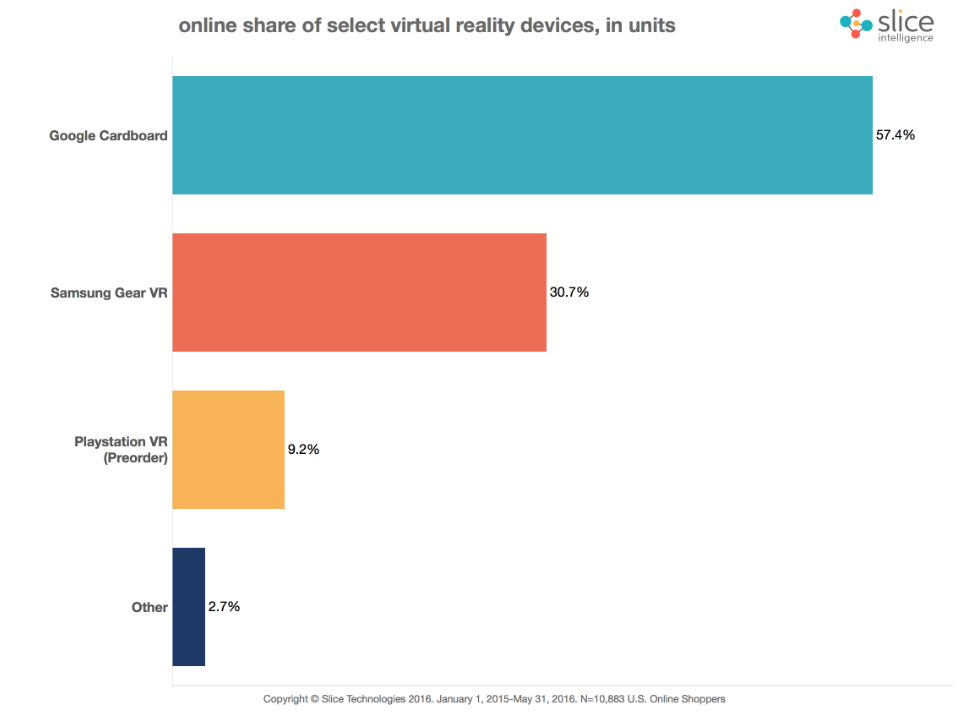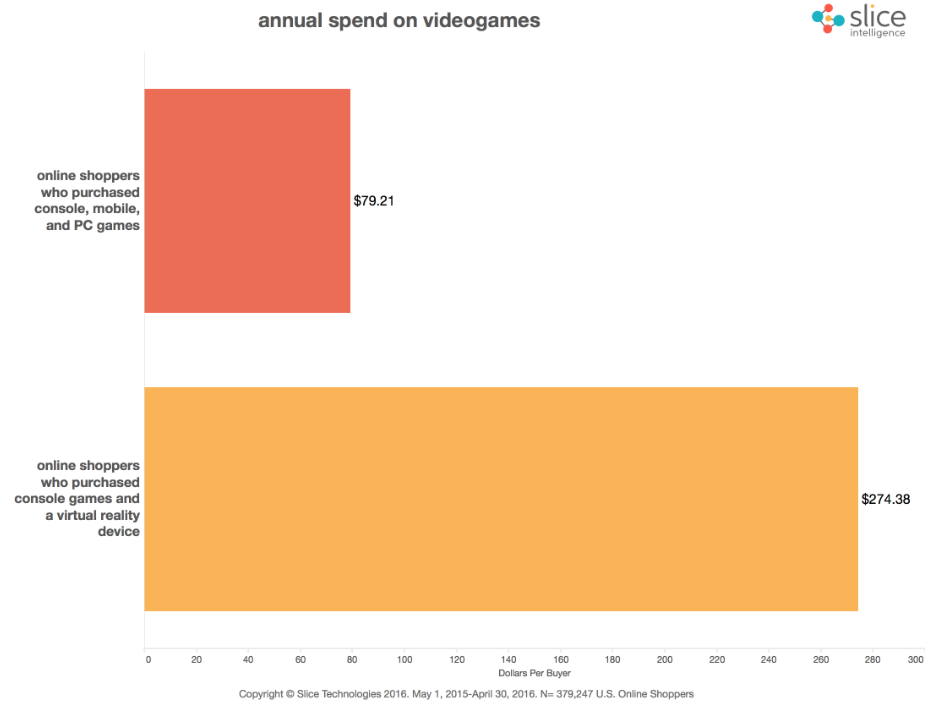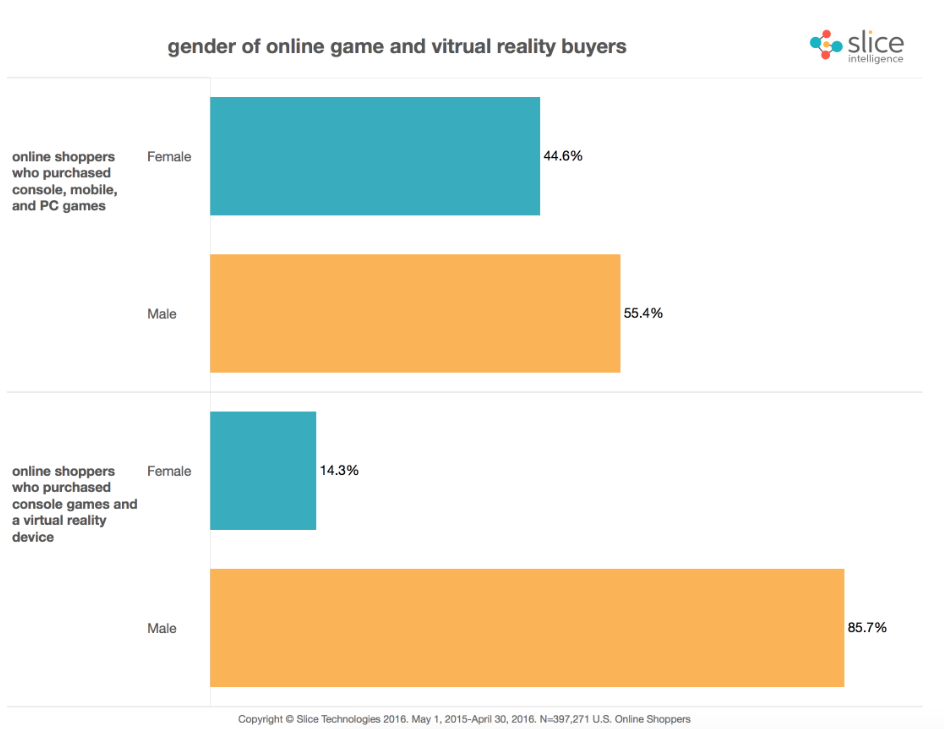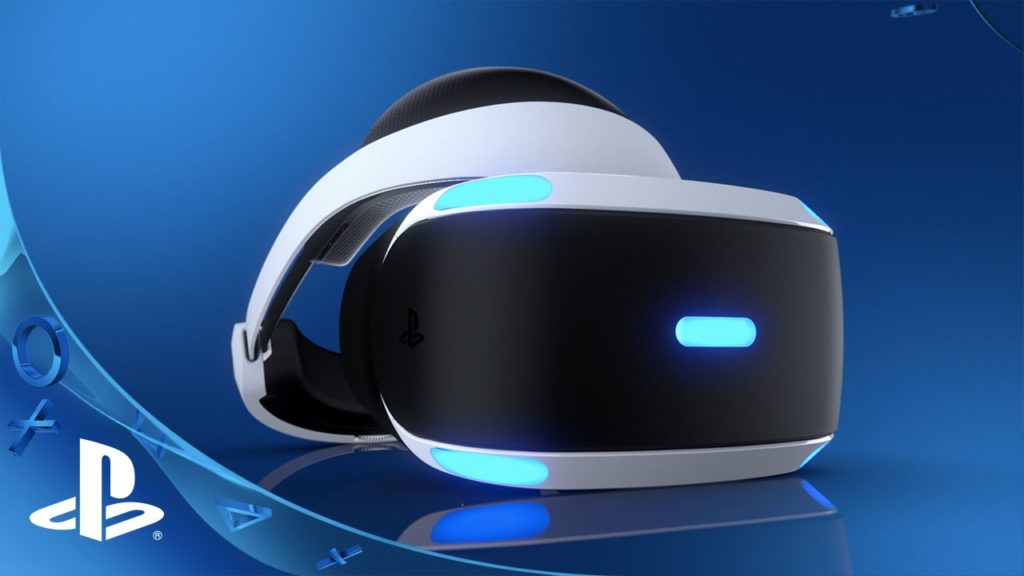Virtual reality technology is very impressive but remains out of reach for many consumers. That’s why mobile VR, which is more affordable and accessible, seems to be getting more attention lately.
According to a new report published by Slice Intelligence, virtual reality got a huge push at last week’s Electronic Entertainment Expo (E3) event in Los Angeles. And while Oculus and Sony got a lot of attention with their showcases, mobile VR also got a great deal of promotion, particularly the Samsung Gear VR and Google Cardboard viewers.
After surveying over four million US shoppers, the report finds that mobile is the preferred format for virtual reality, with 57 percent of sales since January 2015 belonging to the Google Cardboard.
Samsung Gear VR followed closely behind in second with 30.7 percent, while PlayStation VR pre-orders were at 9.2 percent. Meanwhile, the Oculus and HTC Vive were cobbled with the “other” category, making up a meager 2.7 percent.

That said, PlayStation VR did have better sales in March, when pre-orders launched, so its popularity could pick up closer to its October 2016 release.
The report also indicates that gamers who purchase virtual reality devices online tend to spend more money on games—approximately ten percent more during the first 90 days from when they first purchase their unit. Furthermore, those who buy both console games and VR products tend to spend the most money—about $194 dollars more annually—which could mean good news for PlayStation VR, which combines both groups.

The report also compared male and female shoppers and found that the gap between the two groups is rather small. Male shoppers who generally purchase console, mobile and PC games (virtual reality or otherwise) measure in at 55.4 percent, while females are closely behind at 44.6 percent.
However, males have a much bigger lead when it comes to virtual reality, with 85.7 percent showing interest, compared to a much smaller 14.3 percent in the female group.

The numbers say a lot, indicating that consumers don’t mind a more affordable alternative to virtual reality, though women don’t seem to show as much of an interest as men at this point. That could certainly change over time, as the Oculus becomes more accessible to the market and the PlayStation VR ramps up its promotion.

